Fruit tree grafting
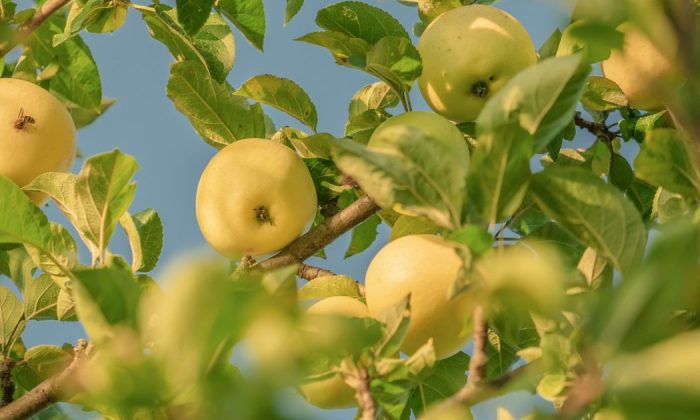
The pre-spring or spring season is the right time for deciduous tree grafting but the actual right time depends largely on the weather, which likes to change every year… So, to determine the best time for grafting you need to observe the nature and make decision based on that. Gooseberries and currants are usually grafted first, then cherries and sour cherries, followed by apricots and plums, and then apple and pear trees. This is a general rule which should not be applied for all trees – if a very warm spring comes, the rule changes… In that case, everything will sprout at the same time and you can do nothing about it.
Preparation of grafts
The important thing is that you should take grafts from a “sleeping” tree. It is not advisable to take grafts too soon, because they could start to sprout or they could die. Sometimes, you may graft directly from one tree to another. You should always use a good grafting knife – it should be clean and sharp. A good idea is to disinfect the knife with alcohol and you should use the knife for grafting only – not for cutting other materials. You should carry a “universal” knife too, if you need to cut something else.
Photo: Pixabay
Graft wrapping
Make sure you have the right material for graft wrapping – you can use the fibrous layer of a tree called bast (raffia) but this material is not flexible and you need to check the grafted area from time to time to make sure that it is not “choking” the branch. If you are not happy with the wrap you should remove it… Another suitable material is a PVC tape, which is not natural, but it is flexible so, it will grow with the graft and it will keep it fixed well.
Grafting wax
You use grafting wax for one reason only and that is to protect the wound from dirt, pests and diseases. The right wax should spread easily and adhere well to the surface. Even in cold weather – which is very important. If it is too hot, the wax will melt too much and that is not good either. Some gardeners make their own waxes. But that is not necessary as commercial products are not bad at all.
Rootstock and scion of the same size
If you want to graft a rootstock and scion that are of the same size use the copulation method. It is very simple. Make the same oblique cut on the rootstock and the graft so that they fit together snugly. Tie both parts together and cover with wax.
Rootstock and scion of different size
If you have different size of graft and rootstock, your graft “underneath” the bark. It is a very popular method, and the advantage is that you insert the graft under the bark and you do have to tie it so well. If the rootstock is really thick, you need to use several grafts because if one of the grafts fails to take a “root”, you have a greater chance that other grafts will grow. There are other options, but these two are the most popular.
Preview photo: Pixabay

Gardening is my hobby, I have a lot of experience and I am happy to share it.
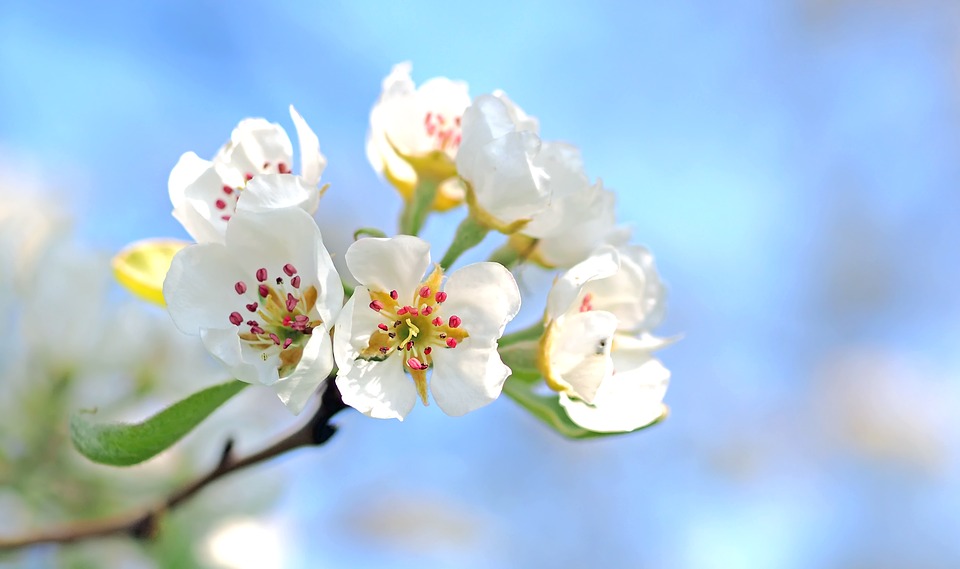


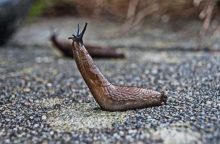

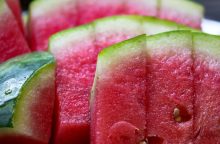

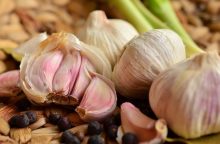
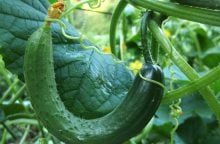
0 comments